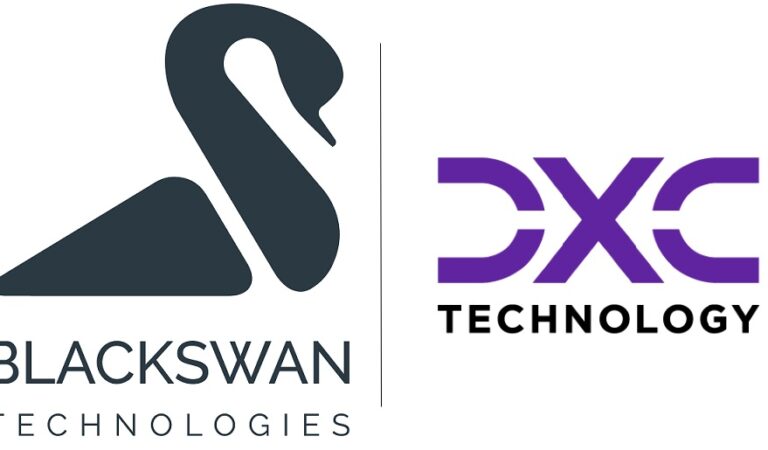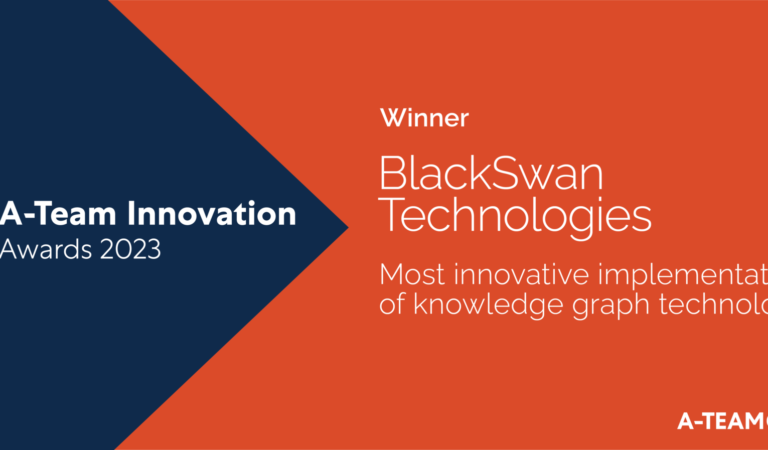
Oct. 26, 2021
Asset Managers Can Take Action on Falling Margins and Rising Compliance Costs
By Harinder Singh Sudan & Nadee Wije @BlackSwan Technologies
New regulations and the ripple effect of the pandemic have mounted pressure on asset managers, but there are strategies that can help them overcome these new challenges
Diminishing margins and rising compliance costs have plagued asset managers in recent years, and this has been further aggravated by the pandemic. As new competition from private equity firms emerge, and as investors’ interests in exchange-traded funds and other passive vehicles continue to grow, the pressure on asset management fees is mounting.
Recent regulations, such as the Markets in Financial Instruments Directive (MiFID II) in the EU and the FINRA Rule 2111 in the U.S., have also contributed to the mounting pressure on asset managers. This is mainly due to the increase in compliance costs arising from consequent demands such as the need to train staff or hire competent professionals in order to handle additional complexities.
In addition to growing overheads and pressure on fees, asset managers are also contending with low interest rates and a slow economy which naturally means lower returns, further tightening margins and stagnating revenue growth.
All this has burdened asset managers with the need to maximise distributions and optimise operations in order to reduce overheads and keep up with fierce competition, while also complying with evolving regulatory expectations to minimise risks.
However, asset managers can streamline compliance operations by collaborating with partners to delegate operational burdens.
Compliance processes are still highly manual
Incumbent asset managers still struggle with highly labour-intensive compliance processes, particularly when onboarding investors and monitoring their transactions.
During the onboarding process, staff are required to gather KYC information from investors as well as from other internal and external sources in order to fill in missing information and verify collected information. This typically involves manual data entry and sorting which lengthens the time required for onboarding new investors, thus ruining the overall customer experience.
In addition to information gathering, compliance staff are burdened with assessing investor risk manually. This often involves screening investors against adverse media and watchlists such as PEPs, sanctions lists, and internal blacklists. Staff are also required to screen investors while considering various other factors such as the investor’s country of domicile, nationality, occupation, asset size, and source of wealth.
Compliance staff in these firms also have to manually monitor and analyse spreadsheets of transactions while considering various criteria including whether the transaction volume exceeds the threshold, whether the risk levels of beneficiaries are high or low, and whether the transaction is consistent with the investor’s CDD information. Such information could include occupation, expected account activity, and source of funds, if the investor is an individual; or business type, size, location, and target market, if the investor is a company.
During investigations for suspicious activities, staff may also have to review various bank reports such as those detailing the investor’s currency activities, funds transfers, ATM transactions, and significant balance changes.
All these processes are labour-intensive and time-consuming, and thus highly inefficient. And with increasing regulatory pressure to implement continuous monitoring for investors and their transactions, these manual, siloed, fragmented processes put asset managers at risk of fines and reputational damage. Through automation, however, asset managers can address a majority of these challenges.
While roughly 50 per cent of middle and back office operations are still highly labour-intensive at incumbent asset management firms, Oliver Wyman, a leading international management consulting firm, expects this figure to drop to 20 per cent over the coming years as asset managers increasingly adopt automation.
Automating compliance operations
Asset managers can leverage advanced technologies such as AI to automate compliance processes, reducing the need for human intervention across the middle and back office. This allows firms to reallocate resources from non-revenue-generating operations to revenue-generating activities that require higher levels of thinking.
In addition to improving staff productivity, automation streamlines the investor onboarding process which results in an enhanced customer experience. Automation also lessens the burdens on firms obliged to comply with ever-evolving regulatory requirements by reducing the need to train staff or hire new recruits.
Asset managers can leverage AI technologies such as knowledge graphs, which represent entities and their relationships with conceptual maps, to build investor profiles with all the required KYC information. These profiles can be enriched with data from various internal and external sources across multiple jurisdictions, all while complying with relevant global privacy regulations.
Using knowledge graphs, entity resolution can also be applied to ensure accurate distinction between entities with similar identifying information. And thereafter, machine learning models can be used to score investor risk based on their KYC profiles. This could be carried out periodically or in near real time.
Asset managers can also use natural language processing and machine learning algorithms to automate watchlist and adverse media screening for investors and their counterparties. This could be done with a specified frequency based on the risk level of the investor. Using natural language processing, asset managers can also automatically identify other related parties including UBOs and associates based on joint mentions in adverse media.
Asset managers can also automate transaction monitoring by leveraging various AI-based techniques such as rule-based monitoring, relationship-based monitoring, and behaviour-based monitoring.
Rule-based monitoring allows asset managers to detect suspicious behaviours based on predefined conditions such as unusually large cash deposits. Relationship-based monitoring, on the other hand, allows asset managers to uncover hidden links between investors and related entities while reviewing various investor and transactional data. With behaviour-based monitoring, asset managers can detect suspicious activities using predefined features based on money laundering and terrorist financing behaviours.
AI technologies can also be used to streamline the analysis of bank reports by cross-checking with past conduct and industry benchmarks to discover discrepancies and irregularities.
BlackSwan’s ELEMENT of Compliance™ for Asset Management
BlackSwan Technologies’ ELEMENT of Compliance™ for Asset Management is a cloud-agnostic solution engineered with AI/Cognitive Computing capabilities to streamline KYC and AML processes. The platform speeds up the investor onboarding process and reduces the time required for alert investigations and report generation from hours to minutes, allowing compliance staff to focus more on profit-generating tasks. As a result, ELEMENT improves operational efficiency while increasing speed to revenue, reducing overhead, and ensuring compliance with relevant regulatory bodies.
Key highlights include:
- Combines all available sources of information with AI/Cognitive Computing capabilities
- Infers insights, strengthens team decision-making, and enhances operational efficiencies
- Adapts with experience and new patterns through built-in machine learning models
- Achieves greatest synergies in intelligence and operations via end-to-end CLM/KYC/AML processing
- Delivers the fastest time to market, military-grade security, and unlimited scalability, with low cost of ownership and minimal CAPEX
- Enables integration and parallel operation of existing data and technology assets
ELEMENT of Compliance is a complete solution that includes pKYC, Watchlist Screening, Adverse Media Monitoring, Transaction Monitoring and Transaction Intelligence. With a highly modular architecture, ELEMENT can be implemented as an end-to-end enterprise solution or a bespoke set of integrated solutions.
Learn more about BlackSwan Technologies’ ELEMENT of Compliance here.
Harinder Singh Sudan is a Senior Vice President of the Financial Intelligence Unit at BlackSwanTechnologies. He has close to 20 years industry experience in banking and financial services and leads BlackSwan Technologies’ FIU practice globally.
Nadee Wije is a Copywriter at BlackSwan Technologies. Certified in copywriting and content marketing, she has over 3 years of experience writing sales and marketing content for emerging B2B technology companies across the globe.
Learn more about BlackSwan Technologies at blackswantechnologies.ai or follow us on Twitter and LinkedIn


